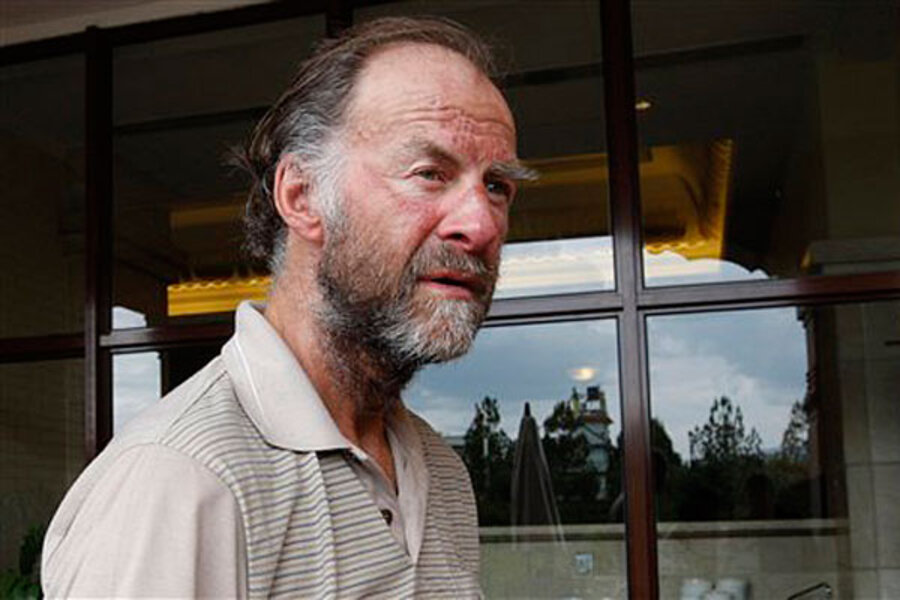Ranulph Fiennes pulls out of 'Coldest Journey' expedition
| London
British explorer Ranulph Fiennes on Monday pulled out of an expedition to cross Antarctica during the region's winter after developing frostbite — a bitter disappointment for an adventurer who had spent years preparing for one of the last great polar challenges.
The explorer and his five-member team had hoped to traverse nearly 4,000 kilometers (2,500 miles) in a place where temperatures often dip as low as minus 70 Celsius (minus 94 Fahrenheit). The expedition, dubbed "The Coldest Journey," will continue without him.
"The condition is such that he has very reluctantly decided ... to withdraw from Antarctica while the possibility to do so still exists, before the onset of the Antarctic winter," the expedition said in a statement.
Fiennes, who has been going where others fear to tread for decades and in 2009 became the oldest person to summit Mount Everest, already is missing parts of his fingers on his left hand because of frostbite suffered on a North Pole expedition a decade ago.
"This will be my greatest challenge to date," he had said on his website before the journey began. "We will stretch the limits of human endurance."
The polar trek is especially dangerous because no aircraft can travel inland in the winter due to the darkness and risk that fuel will freeze. That means that there would be virtually no chance of a search and rescue operation if disaster strikes.
The team is working toward evacuating Fiennes from Antarctica, but that evacuation is being hampered by a blizzard. The team said he was transported by snowmobile to the Princess Elisabeth Station, about 70 kilometers (45 miles) from his current position. From there, he will be flown to Novo to get a connecting flight to Cape Town in South Africa.
But he will be unable to leave until there is a let-up in weather conditions. The remaining members of the team plan to start the crossing as scheduled March 21.
"This decision has not been taken lightly and it is, naturally, a huge disappointment to Fiennes and his colleagues," the statement said.
The expedition is trying to raise $10 million for the charity "Seeing is Believing," which seeks to prevent blindness.
Polar adventurer and balloonist David Hempleman-Adams, who walked unsupported to the South Pole in 1996, said he believed the winter crossing would be unprecedented.
"The crossing's definitely been done before," he said. "However that was very different. That was in summer months. And that was hugely supported with aircraft and things like this. As far as I know this will be the first winter crossing."
The team has been outfitted with high-tech equipment that prompted comparisons to the preparations for a flight into space, including special breathing apparatus. The expedition will use 20-ton tractors to transport sledges with mounted living quarters and fuel that is designed not to freeze in the extreme temperatures.





